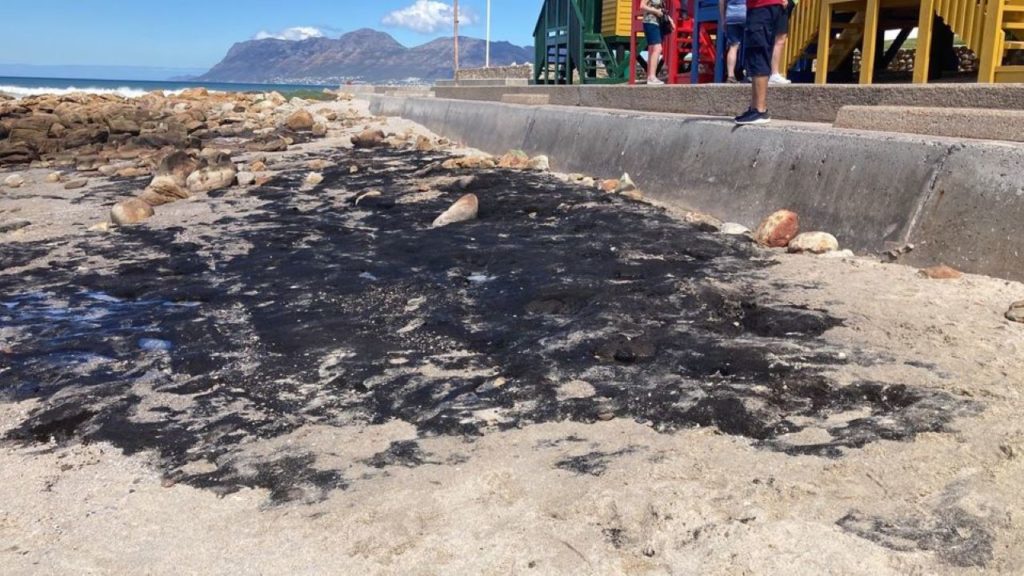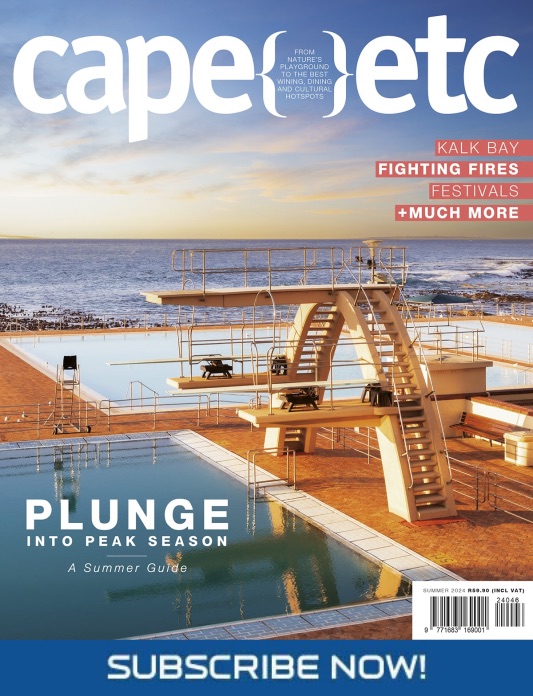Research associates from the University of Cape Town and several others have partnered with South African non-profit WILDTRUST on a project to predict the nature, behaviour and trajectory of oil spilt from offshore oil and gas extraction.
Also read: City cleaning up suspected oil spill exposed at St James Beach
The WILDTRUST oil spill model is an objective and scientifically defendable reference for risk assessments in South Africa’s offshore economy. Among other key features, the tool will help generate awareness and distribute information to decision-makers, the public, and affected stakeholders about the risks associated with an oil spill from offshore exploration and extraction.
The project is funded by the International Energy Agency’s Energy Transition Fund, with input from research associates from the University of Cape Town, ocean modeller Dr Giles Fearon, Nelson Mandela University, professor Annalisa Bracco from the Georgia Institute of Technology, Danielle Reich from scientific support service Shoal’s Edge Consulting, and the South African Environmental Observation Network (SAEON).
Its creation stems from the lack of a realistic oil spill model to evaluate risks and impacts – something that has prevented non-profit organisations, coastal communities and fishers to push back against key players in the oil and gas industry looking to acquire licences to operate in the oceans surrounding South Africa.
According to Dr Fearon, there is great value in an oil spill model as it takes the complex oceanographic features within South Africa’s exclusive economic zone into account, and how oil from potential deep-water blow-out scenarios could behave once released. ‘The results of the study will provide stakeholders with an independent assessment of the potential risks posed by deep-water blow-out spills from offshore oil and gas extraction.
‘Model results indicate that a 15-day blowout of light crude oil off the east coast of South Africa would have an approximately 80% chance of necessitating beach clean-up operations and a greater than 50% chance that oil concentrations would exceed the threshold for mortality of shoreline life. The fast-flowing Agulhas Current, which hugs the east coast of South Africa, would transport oil large distances, hindering predictions of where oil would make contact with the shoreline, further complicating clean-up efforts in the event of a spill.
‘The strong connectivity of our oceans means that a blow-out spill on the east coast could necessitate beach clean-up operations as far away as the west coast. The minimum time to shoreline impact could be as little as three days for the east coast of South Africa, increasing to about 10 days for the south coast and 30 days for the west coast.’
Cape {town} Etc discount: From gorgeous wineland retreats and luxury pamper packages, to exhilarating experiences and meals for two, there is something for everyone (and every budget). View deals here.
Dr Jean Harris, strategic lead of the WILDOCEANS programme at WILDTRUST, says an oil spill model is crucial to mitigating as much risk as possible. ‘This should be a priority for all countries, not just South Africa. Applications to explore and extract oil and gas are subjected to an environmental impact assessment process, but it often grossly under-represents the likely adverse environmental impacts, doesn’t assess climate risk, and is funded by industry applicants.
‘South Africans are already seeing the extreme effects of climate change in our country due to greenhouse gases – droughts, storms, floods and impacts on fisheries and biodiversity. Scientists predict that we have less than 10 years to prevent over-shooting global warming thresholds and seeing irreversible damage to the planet as we know it. Promoting additional extraction of oil and gas seems highly questionable. Should a blowout or spill occur in our waters, damage to these areas would severely compromise biodiversity, fisheries, and tourism.’
The oil spill model can be used in civil society campaigns to stop the exploration and exploitation of fossil fuels. Additionally, the tool enables better assessments of potential damage, which could result in more stringent requirements during the approval process for risky proposals that threaten marine biodiversity and marine protected areas, natural resources, fisheries, tourism and coastal community livelihoods.
Looking for a deal on a car, but tight on a budget? Have a look at these offers for under R100 000. View the deals here.
Also read:
Locals outraged at clean-up response after fuel spill in Milnerton
Picture: City of Cape Town / Facebook






